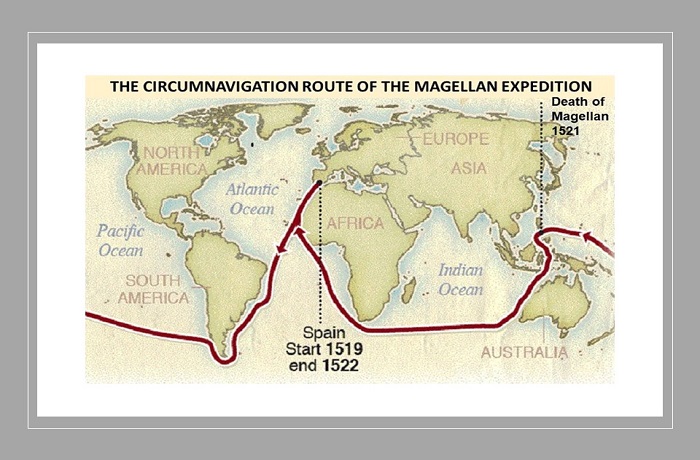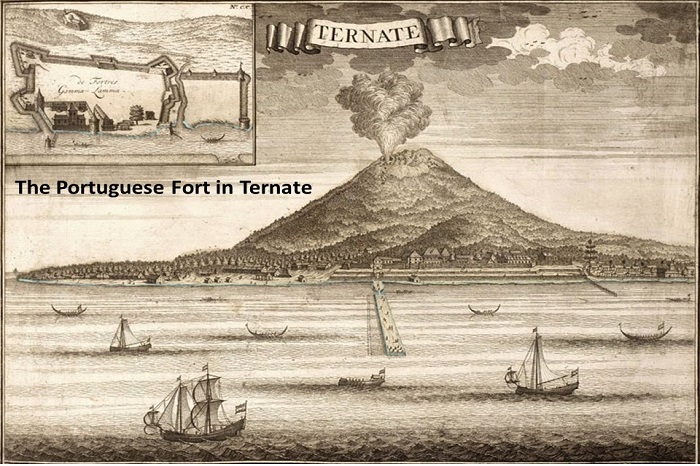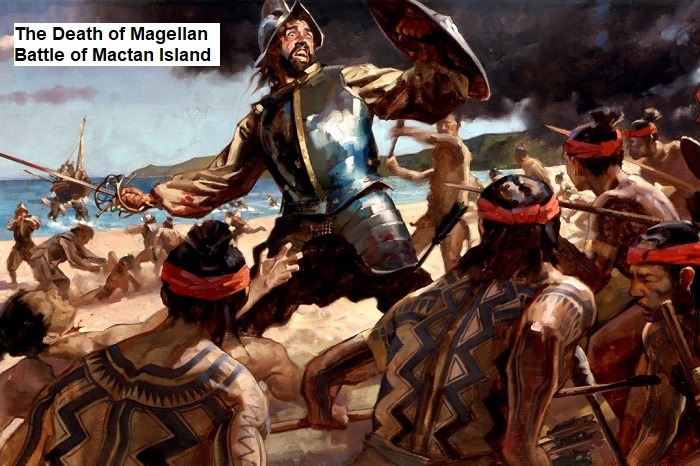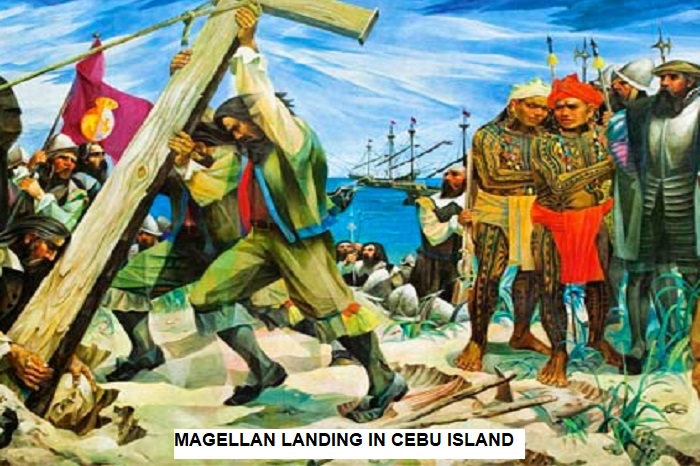Rarely in history do we find two friends whose interlinked lives would dramatically affect contemporary history. This is the tale of two Portuguese explorers, Fernão de Magalhães (Magellan) and Francisco Serrão (Serrano), who would both leave lasting imprints on Philippine history. In commemoration of their 495th death anniversary this year, we look back on their respective incredible life journeys.
Magalhães, more famously known in history as Ferdinand Magellan, gets the credit for discovering the Philippine Islands in 1521. History remembers him for leading the voyage under the Spanish flag. His voyage led to the first circumnavigation of the globe, although he only managed to survive halfway. He was unfortunately killed by the natives of Cebu in 1521. Had he managed to reach Malacca from the west, he would been the first man to circumnavigate the globe.
His fellow Portuguese contemporary, Serrão (also known in history as Francisco Serrano), had earlier “discovered” the Philippines, having landed by accident in Mindanao in 1512. Serrano was part of the Portuguese expedition sent from Malacca to search for the Spice Islands (present day Moluccas in Indonesia). His ships were wrecked in Banda Sea (present day Celebes Sea). Yet, he managed to reach Mindanao with nine of his crewmen. There, he promptly commandeered a Chinese junk and sailed for the Spice Islands, which he reached a few shipwrecks after.
While history has not been totally unkind to Serrano, he has his own accomplishments to be proud of. He was the first European to sail east of Malacca. Yet, he has always been known as the man behind the shadow of the more celebrated Magellan. Today, Magellan is celebrated as the “discoverer” of the Philippines. The title should, in reality, belong to Serrano, who beat him by a good nine years. Magellan’s journey has so fascinated the world that his legacy has loomed larger than life throughout history.

It is even more fascinating to note that the link between the two Portuguese explorers is not merely coincidental. Magellan and Serrano were more than just contemporaries. They were, in effect, blood brothers. It was even said that they were cousins. It was no historical accident that their careers followed the same trajectory. It is indeed fascinating to note that their respective life stories actually embarked and ended at the same time.
Together, they joined the Portuguese expedition to Goa, India in 1505 in the flower of their youth. In 1511, both Magellan and Serrano participated in the Portuguese conquest of Malacca. The city served as entrepôt of trade between the Far East and the Near East. Communities from Champa (Vietnam), China, Arabia, Java, India and the nearby Islands (including the soon-to-be named Philippine Islands) intermingled and traded among each other in the city.
After the conquest of Malacca, the path of the two best of friends parted. Yet, they remained in touch through correspondence. Magellan returned to Lisbon in 1512, but not before obtaining the services of a Christianized Malay slave named Enrique. The Malay slave later played a crucial role in Magellan’s coming adventure. Magellan’s career in Portugal turned for worse after he was caught illegally trading with the Moors in Morocco.
As earlier noted, Serrano sailed for the Spice Islands in 1512 and accidentally landed in Mindanao after being wrecked in the Banda Sea. He eventually reached the Spice Islands. There, he became friends with the Sultan of Ternate, who later appointed him as his personal adviser. Serrano lived a good life in Ternate as a mercenary in the service of the Sultan.

The search for Spice Islands was the raison d’être that linked the relationship between the two Portuguese contemporaries after they parted ways in Malacca. Portugal’s claim to the Spice Islands was established via the Treaty of Tordesillas in 1494 which divided the world in half between the Portuguese and the Spanish. Having earlier discovered the way to the Far East via Cape of Good Hope, the Portuguese had complete monopoly of the sea route between Malacca and the Near East.
Spain, however, refused to accept Portugal’s monopoly of the spice trade. Here is where Magellan came in. In 1517, Magellan’s proposal to reach the Spice Islands via west (by-passing the eastern route through the Cape of Good Hope) was rejected by the Portuguese royals. He then brought the same proposal to the rival Spanish monarch, King Charles I. The Spanish, through the expedition Balboa, already knew of the existence of a body of water east of the Americas. They believed that China could be reached via the Pacific Ocean.
Magellan’s link with Serrano helped him win the support of the Spanish monarch for his proposed western route to the Spice Islands. It turned out that, upon his arrival in Ternate, Serrano had sent his good friend letters by way of Malacca. Serrano described the Spice Islands as so far out of Malacca that they might fall under the Spanish side of the line set by the Treaty of Tordesillas. Serrano’s letters proved crucial in obtaining the Spanish monarch’s approval for the historic voyage. Magellan set sail in August 1519 with five ships and 232 men.
Fast forward to 1521, Magellan’s expedition had finally reached Cebu after a hard slog across the Pacific Ocean (as Magellan called it) via the tip of South America. The straits now bears the Portuguese explorer’s name. Using the services of the slave Enrique as interpreter, Magellan convinced the local royal Rajah Humabon to convert to Christianity.

It is said that Magellan was determined to outdo the exploits of Spanish conquistador Hernan Cortes, who, with only a few hundred Spanish soldiers, conquered Mexico for the Spanish Empire. Upon learning that Humabon was quarreling with a nearby chief in Mactan Islan named Lapu Lapu, Magellan offered Humabon his services in teaching the latter’s hard-headed rival a lesson.

However, Serrano was not to be found when the survivors arrived in the Spice Islands. As fate would have it, he died of questionable circumstances exactly on the same day – it is said – that his long-lost friend Magellan died in Cebu. Magellan died a few hundreds of kilometers away from Mindanao, where Serrano touched base by accident in 1512.